

Investing Tips & Tricks From a Woman Who Retired at 49

Q&A with Organizational Pro Peter Walsh + Dermatologist Shares A…
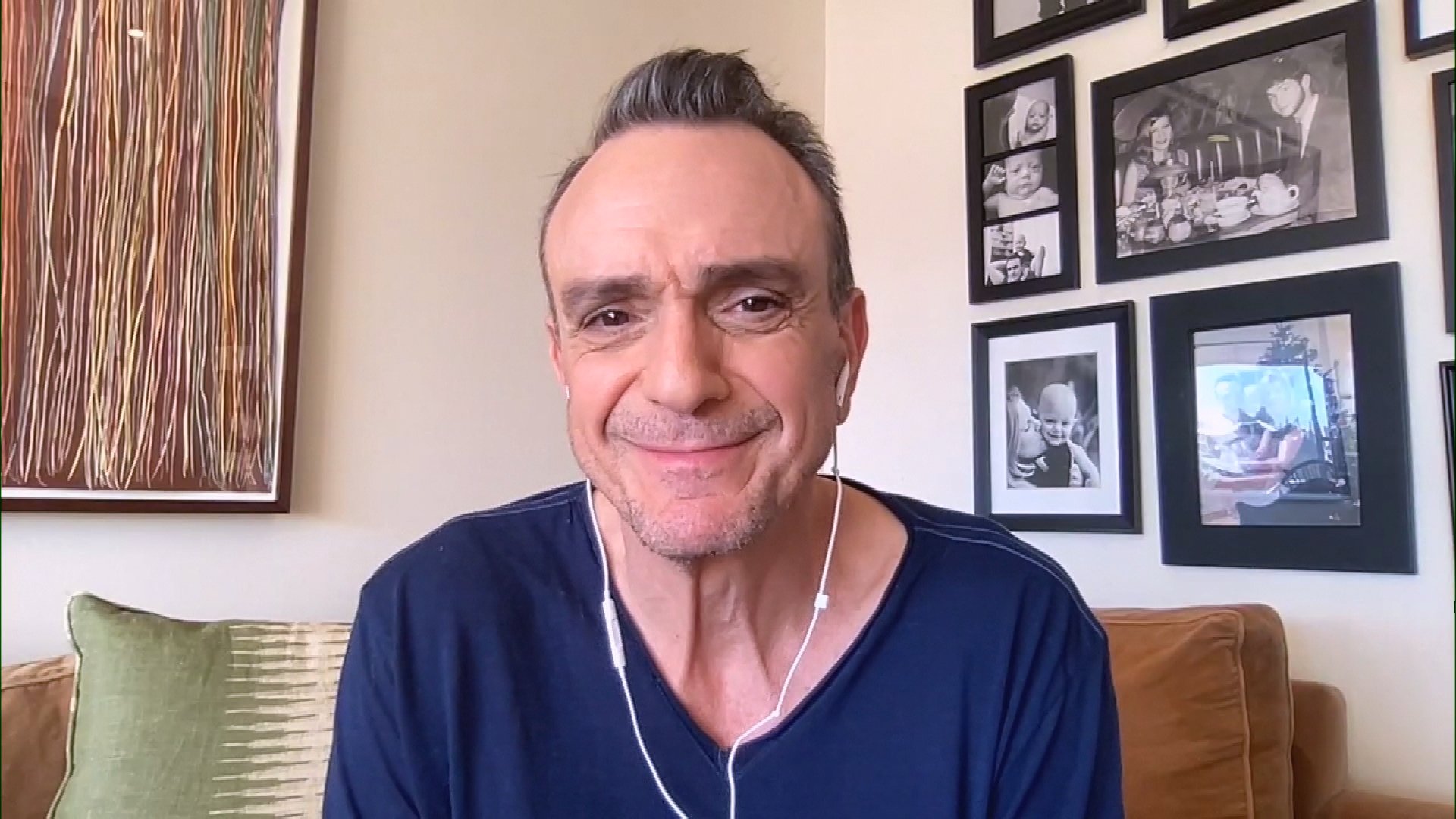
Actor Hank Azaria + Freezer Meals + Artichokes 2 Ways with Rach
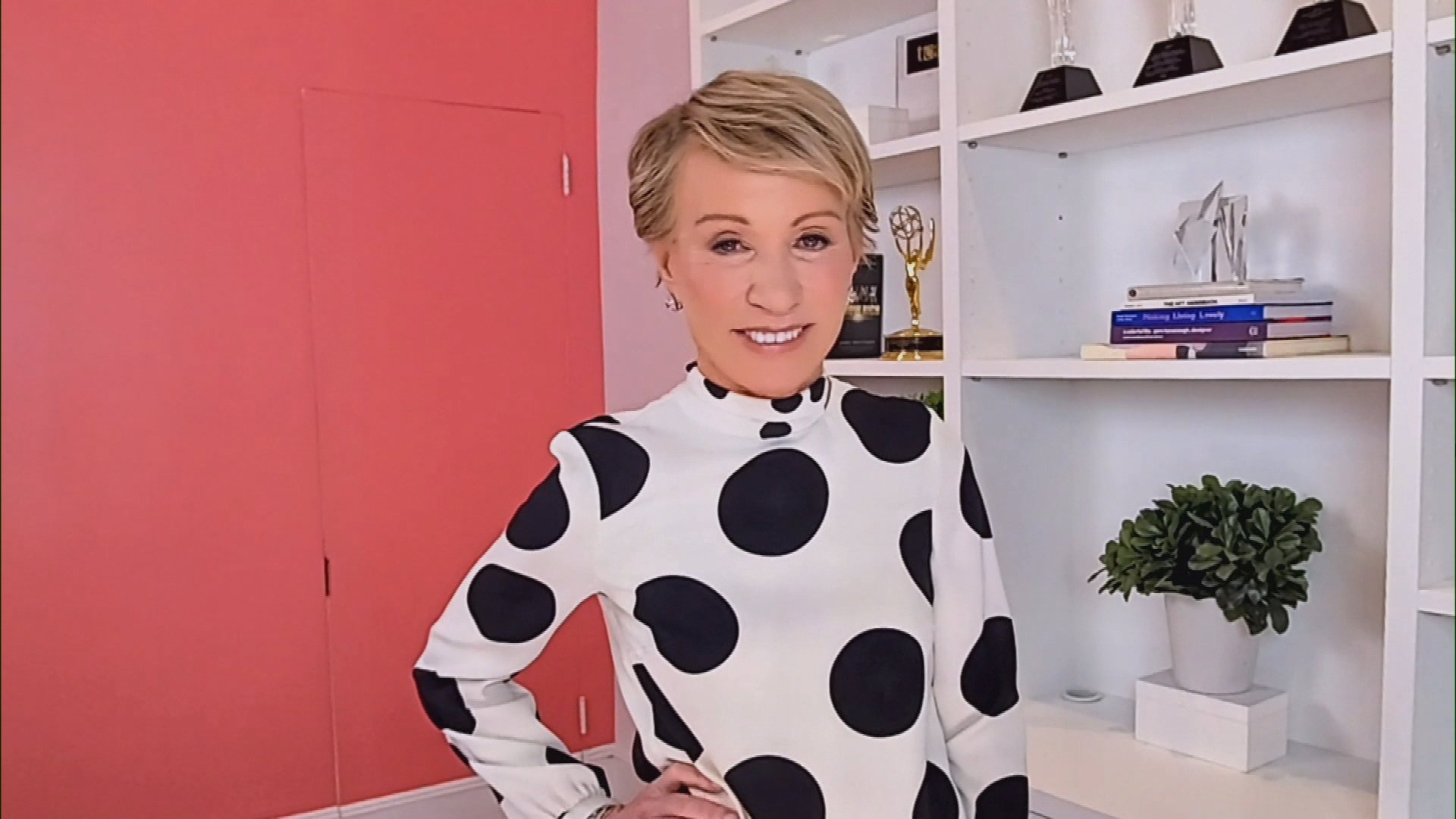
See Inside Barbara Corcoran's Stunning NY Apartment + It's Steak…

How to Make Chicken and Lobster Piccata | Richard Blais
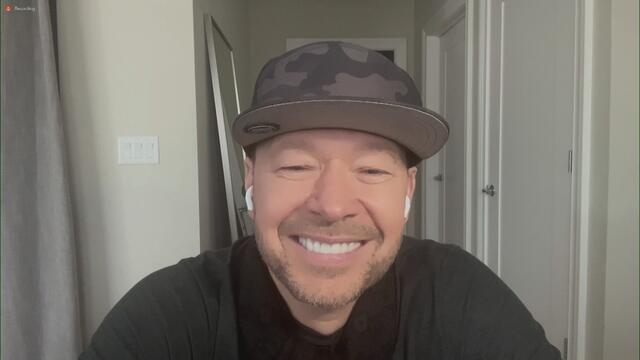
Donnie Wahlberg Spills Details About NKOTB's First Ever Conventi…
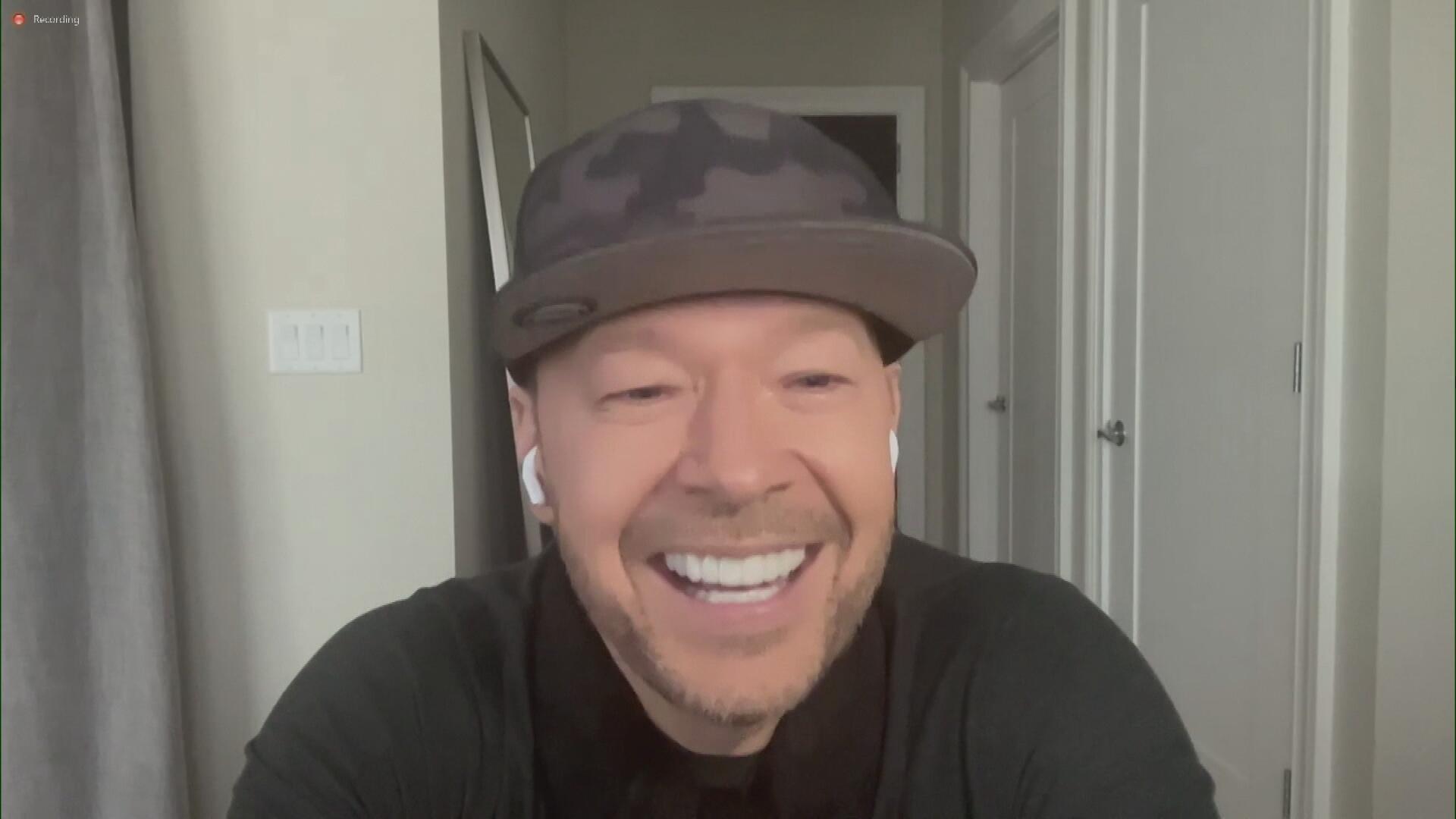
Donnie Wahlberg + Jenny McCarthy Say Rach Is Such a "Joy" + Look…

The Best Moments From 17 Seasons of the Show Will Make You Laugh…

How to Make Crabby Carbonara | Rachael Ray
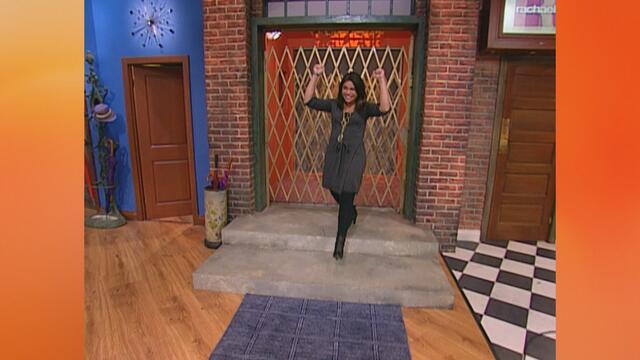
Rach Chats "Firsts" In Flashback From Our First Episode Ever In …

How to Make Apple-Cider Braised Pork Chop Sandwiches with Onion …

Rach's Chef Pals Say Goodbye to Show in Surprise Video Message

How to Make Sesame Cookies | Buddy Valastro

How to Make Tortilla with Potatoes, Piquillo Peppers and Mancheg…

How to Make Shrimp Burgers | Jacques Pepin

How to Make Spanakopipasta | Rachael Ray

Andrew McCarthy Chokes Up Discussing Emotional Trip to Spain wit…

Celebrity Guests Send Farewell Messages After 17 Seasons of the …
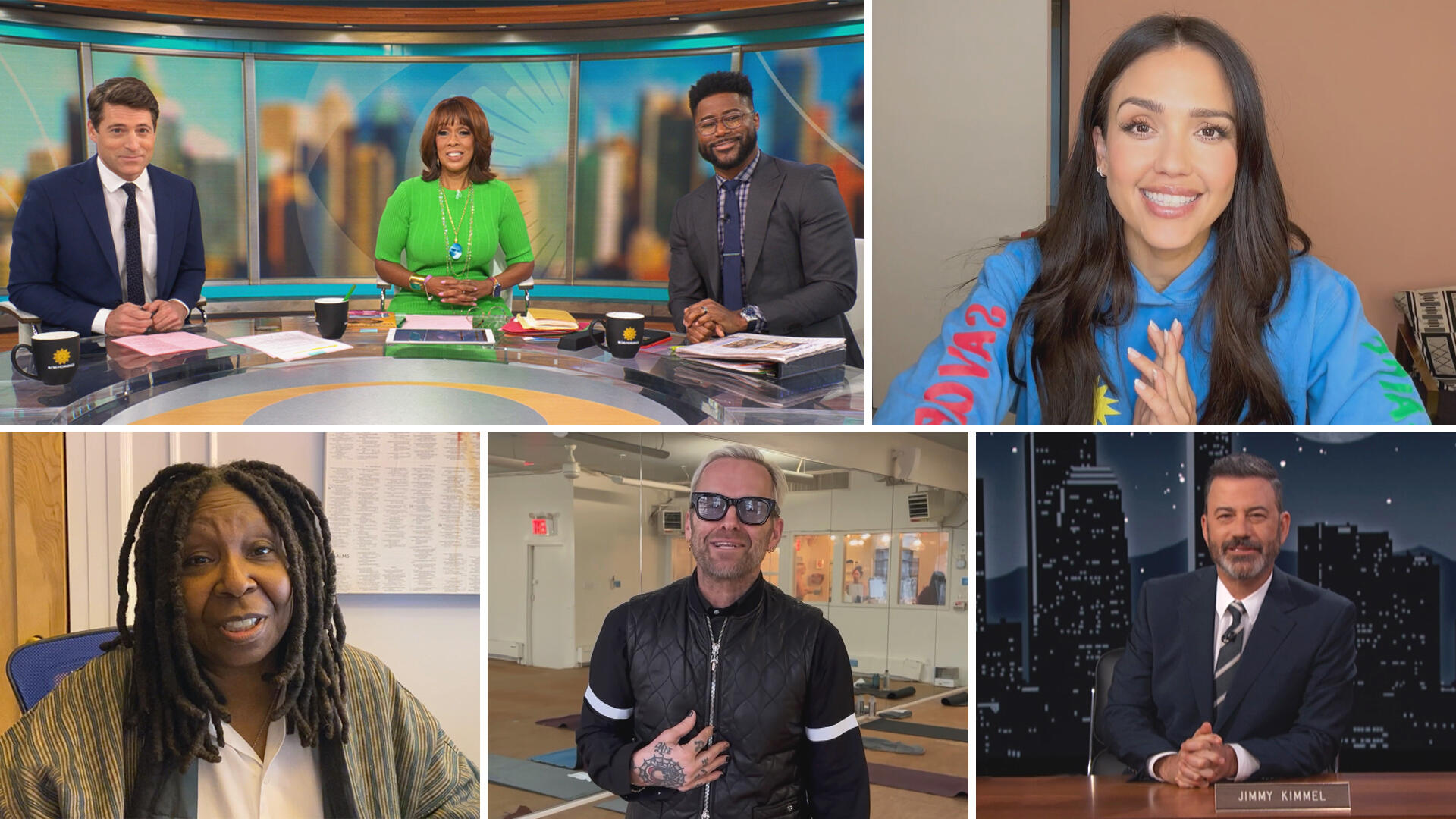
Celebrity Guests Send Farewell Messages After 17 Seasons of the …
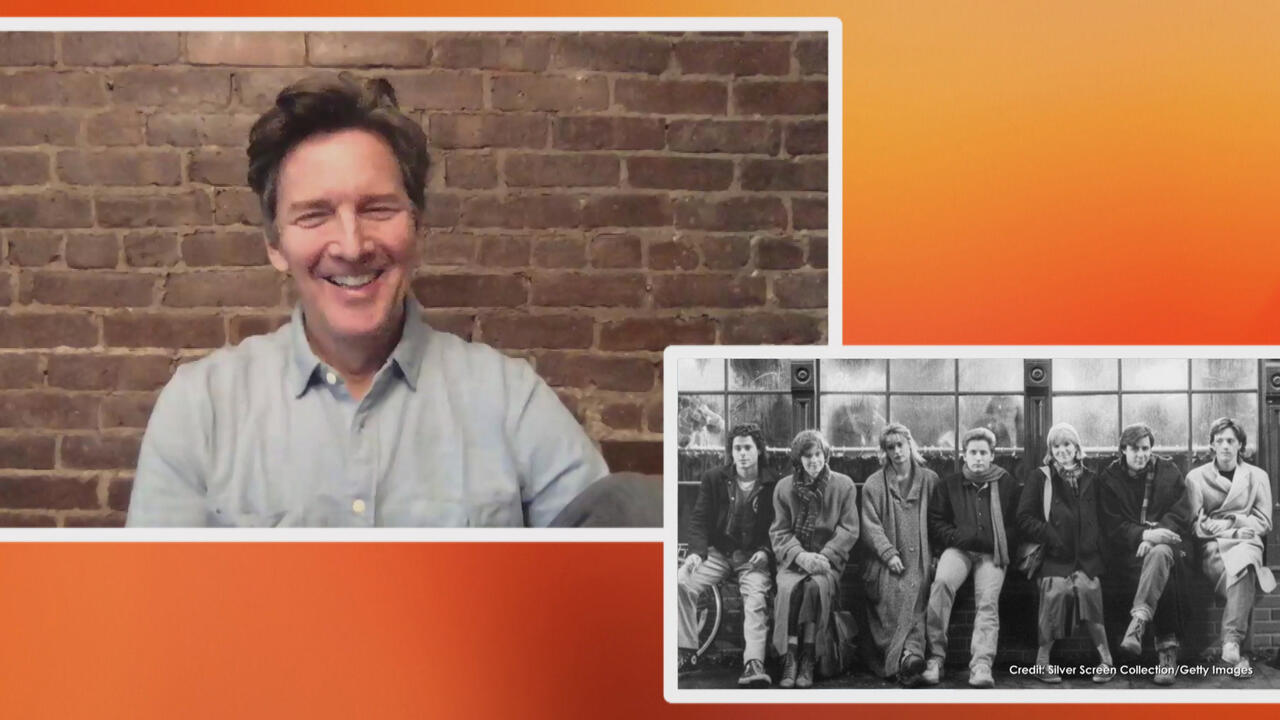
Andrew McCarthy Teases Upcoming "Brat Pack" Reunion Special
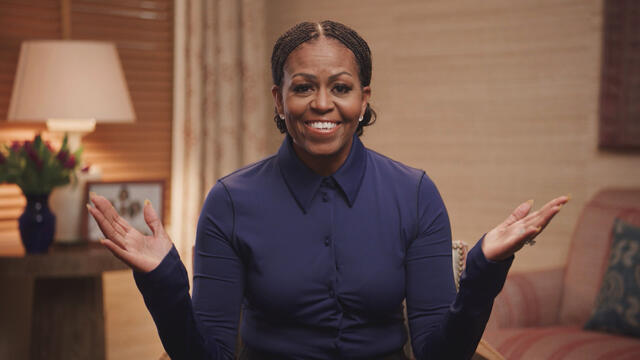
Michelle Obama Toasts Rach's 17 Years on the Air With a Heartfel…
Looking to start investing, but not really sure where to start? You're not alone. Understanding the difference between riskier stocks or safer bonds and when to opt for each can get really complicated. Jackie Cummings Koski grew up in poverty and vowed to start to learn about investing to provide for herself and her daughter after a divorce—and she quickly got pretty darn good at it, ultimately retiring at 49 years old. How incredible!
Now, she's sharing some of her expertise with us—so we can all start investing like Jackie. Plus, Jackie shares even more tips in her book, Money Letters 2 My Daughter.
3 Unexpected Sources of Retirement Income You Can Access BEFORE You Turn 60
"There [are] lots of ways that you're able to get money to cover that time before you turn 59 and a half, which is the age at which most retirement accounts give you access to your funds," says Jackie. Most people think that they cannot touch their money until they're 59 and a half, but Jackie shares the three things she did to get early access to retirement money.
1. Open Up an Old-Fashioned Brokerage Account
With this type of account, you don't get any type of retirement tax advantages, but there's no age requirement. So once you hit your retirement account limits, start investing in non-retirement accounts. You only get so much of this tax advantage money, so this account is key for getting that early access, explains Jackie.
2. Roth IRA Contributions Are Also a Key to Get Started on Savings
People are scared to put money in a retirement account because they worry about not being able to access it for an emergency. Well, if you invest in a Roth IRA, only the growth is off-limits. "The contributions that you put into a Roth IRA, that money you're already paying taxes on, so the money that you put in, you can take out without paying taxes or penalty at any age for anything," says Jackie.
"And just remember that this is the money that you put in—the contributions, not the growth—so you can pull that money out any time you want if you need extra money." So if you put in $5k and now it's grown to $8k, you can still take out your original $5k!
3. Don't Forget About a Health Savings Account
If your health plan allows you to contribute to a health savings account, there's no age limit for withdrawing funds from that for qualified medical expenses. "I was on a plan while I was working that allowed me to contribute to this—and I not only contributed, but I also had that money invested and working for me," says Jackie. "So, now that I'm retired, any health expenses I have from aspirin to doctors' visits to any other out of pocket expenses, I can pull from that health savings account."
Easy Ways To Catch Up on Retirement Savings For Those Over 50
The first thing Jackie wants you to know is that it's never too late to start. And actually, after age 50, the IRS lets you make "catch-up" contributions to your 401K and IRA. "So for the 401K, the normal contribution limit for 2022 is $20,500, and after 50, you can put in an extra $6,500. And for an IRA, you can put in an extra $1,000 a month," explains Jackie. And starting at age 55, if you have a Health Savings Account qualified health plan, you also can have a catch-up contribution of $1000 for that!
How Much Money Do You Actually Need to Retire?
To figure out how much you need to retire, you multiply your annual expenses by 25. That will give you enough of a nest egg to withdraw three to four percent every year while your investments keep growing.
For Jackie, her expenses were $40,000 per year, so multiply that by 25 and it was $1 million. "I considered that to be my minimum number, so I worked two more years after I hit that to be safe," explains Jackie.


